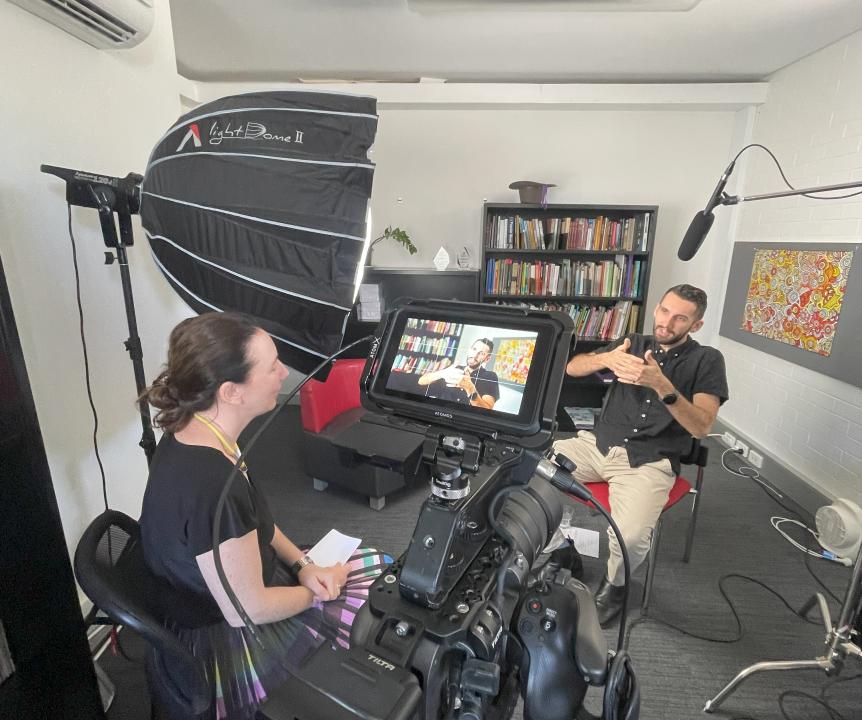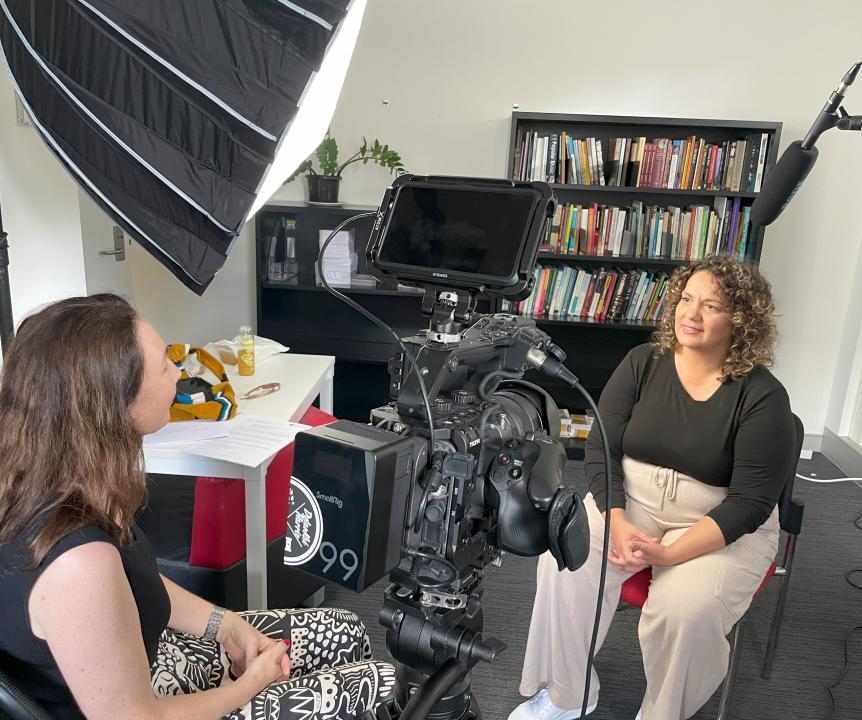Music and Language
Summary
Australia has over 200 distinct Indigenous languages and over 800 dialects (AIATSIS, 2024). But due to the impact of colonisation and subsequent assimilation policies there is an ongoing crisis of Indigenous language endangerment. Music plays an important role in enhancing language preservation and there are a growing number of people who are working to sustain Indigenous languages through music. There is an urgent need, however, to develop further online resources that engage with language through music that can be used by others to undertake language preservation and revitalisation activities. Funded by the Centre for Digital Societies and Cultures at The University of Queensland, this pilot project undertook five case studies with individual Aboriginal and/or Torres Strait Islander people to document the ways they are using music to sustain languages. Deline Briscoe, Jamaine Wilesmith, Ruth Ghee, Robert McLennan, and Letitia Harris were interviewed to explore how they use music in their professional and personal lives to preserve and sustain languages.
Objectives
This project explores how music sustains and revitalises Aboriginal and Torres Strait Islander languages. Through digital storytelling, we document artists' experiences, challenges, and cultural responsibilities in preserving language through music.

Showcase Music’s Role
Highlight how music supports language maintenance and revitalisation.
Create Digital Case Studies
Develop online video resources featuring Indigenous artists.
Discuss Challenges & Protocols
Explore cultural considerations and the impact of digital spaces.
Outcomes
....

Explore Diverse Perspectives
Insights from artists across different cultural backgrounds.
Develop New Resources
Guidance on language reclamation through music.
Gain Respect for ICIP Rights
Collaboration with UQ Legal to ensure Indigenous Cultural and Intellectual Property (ICIP) protection.
